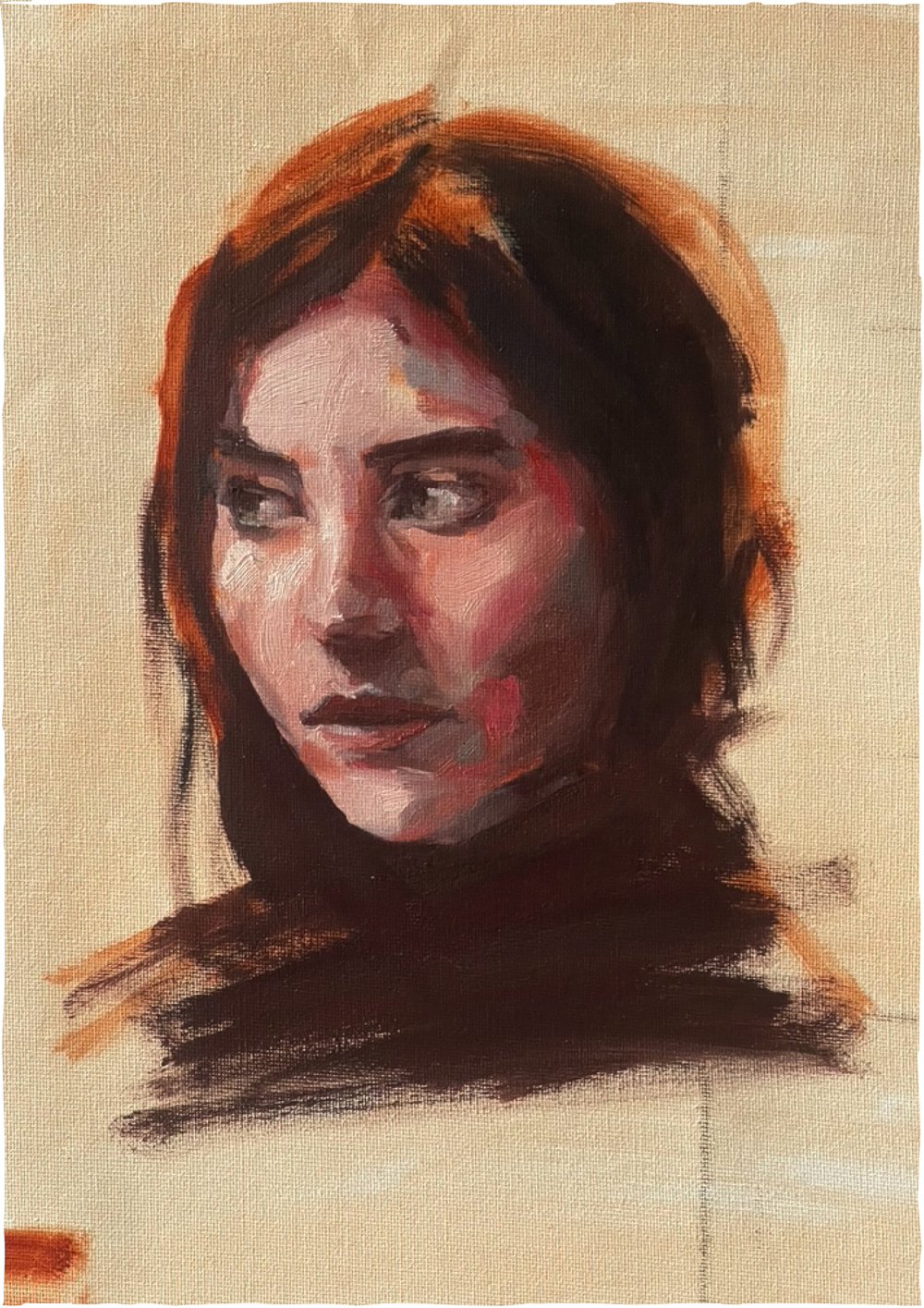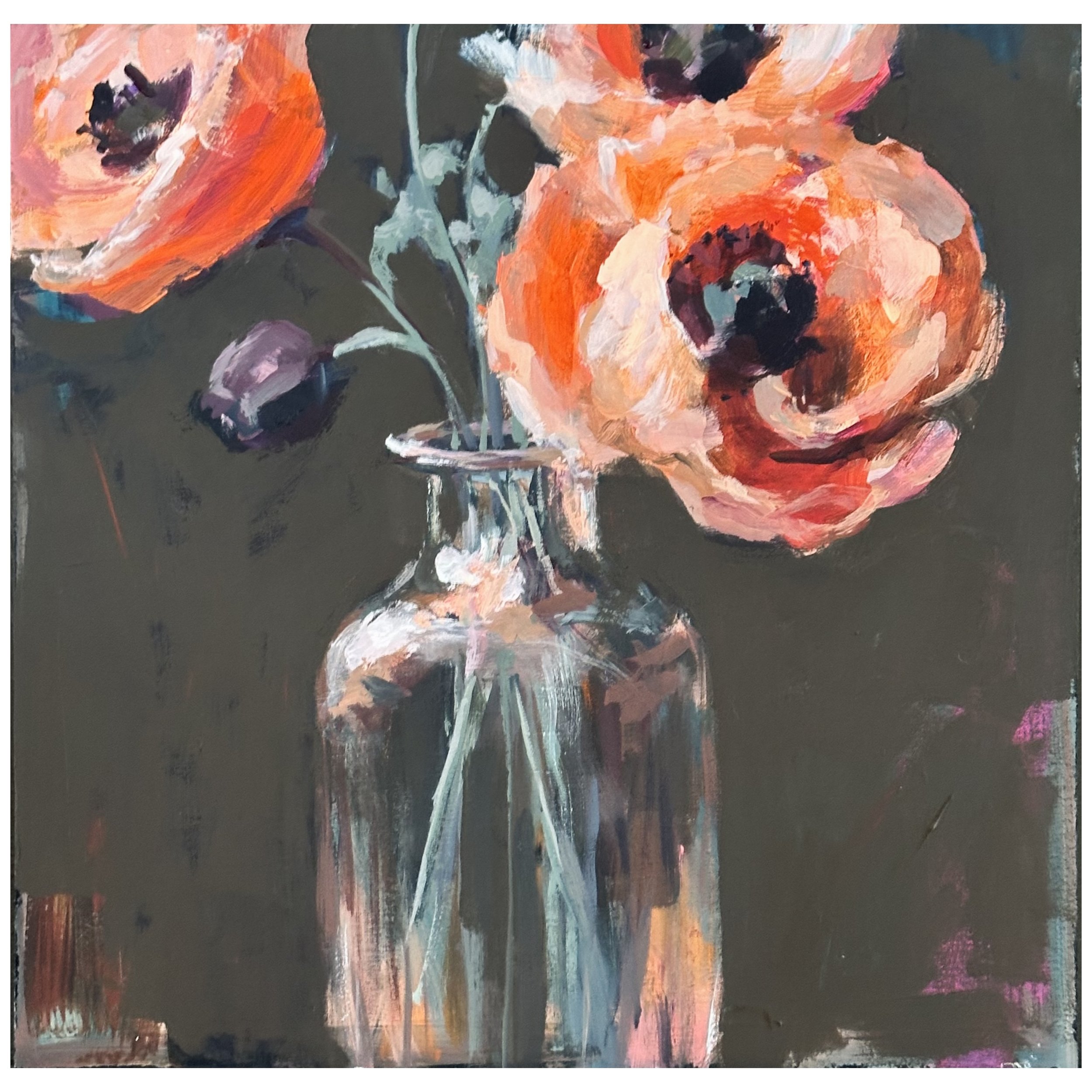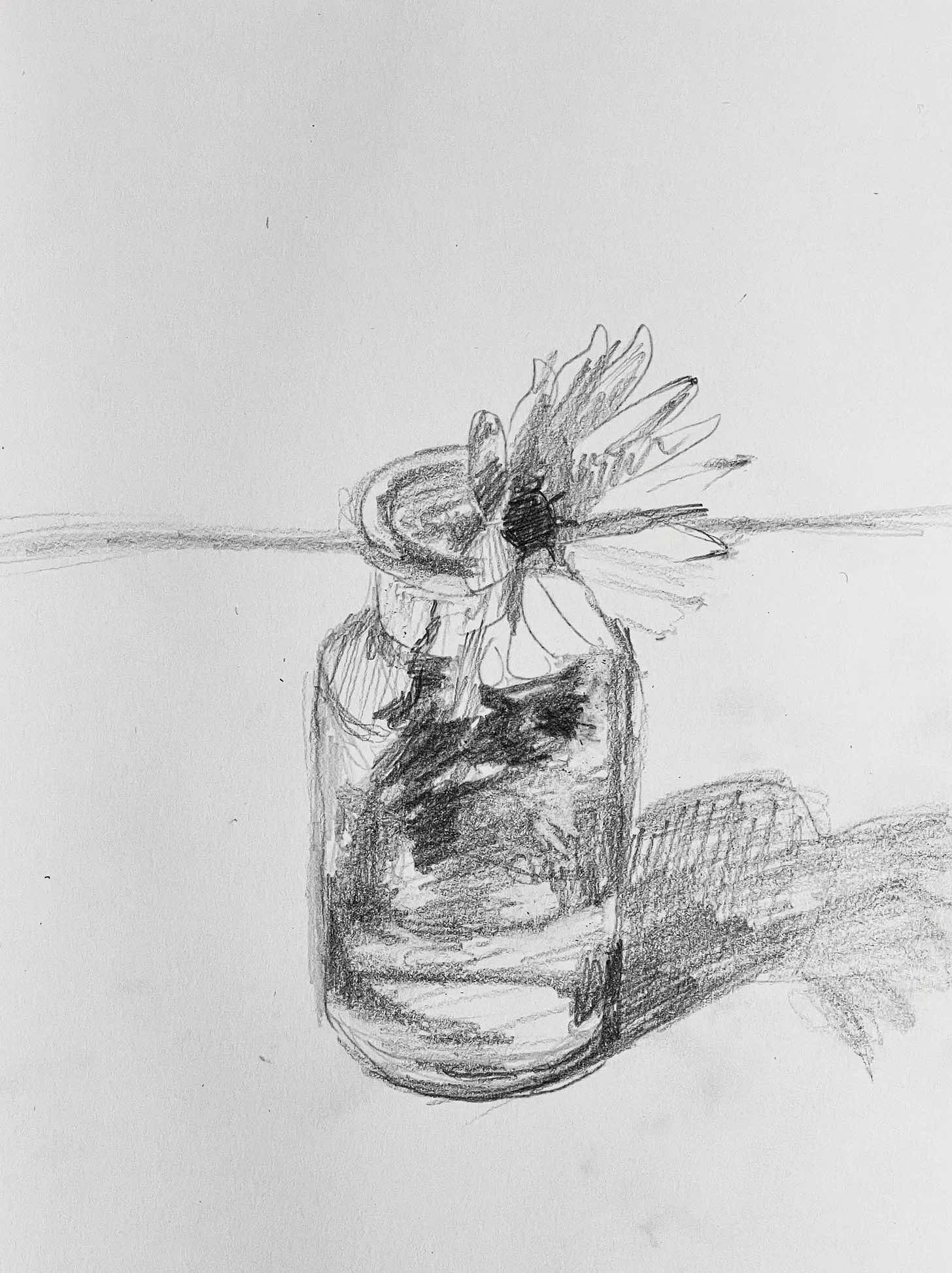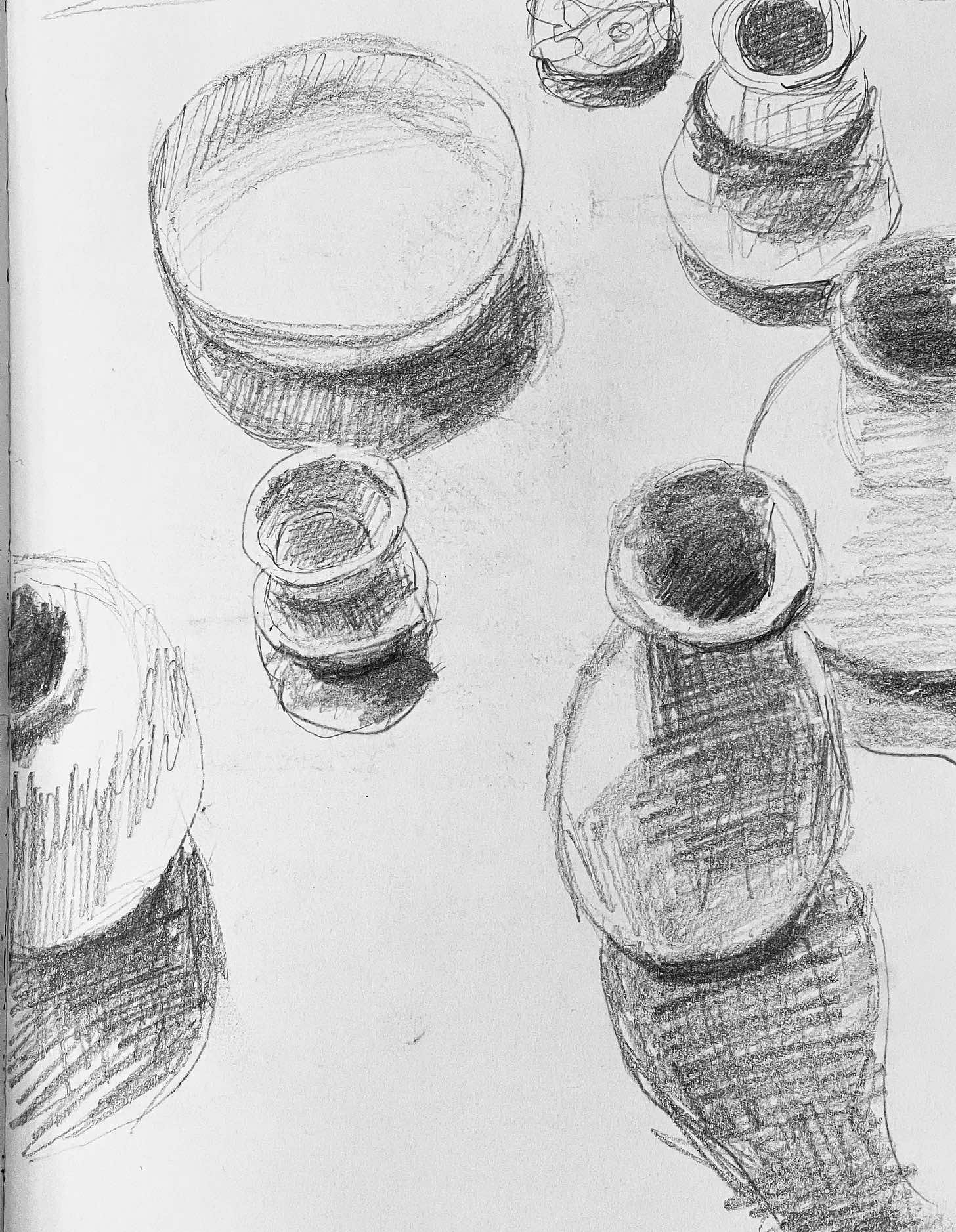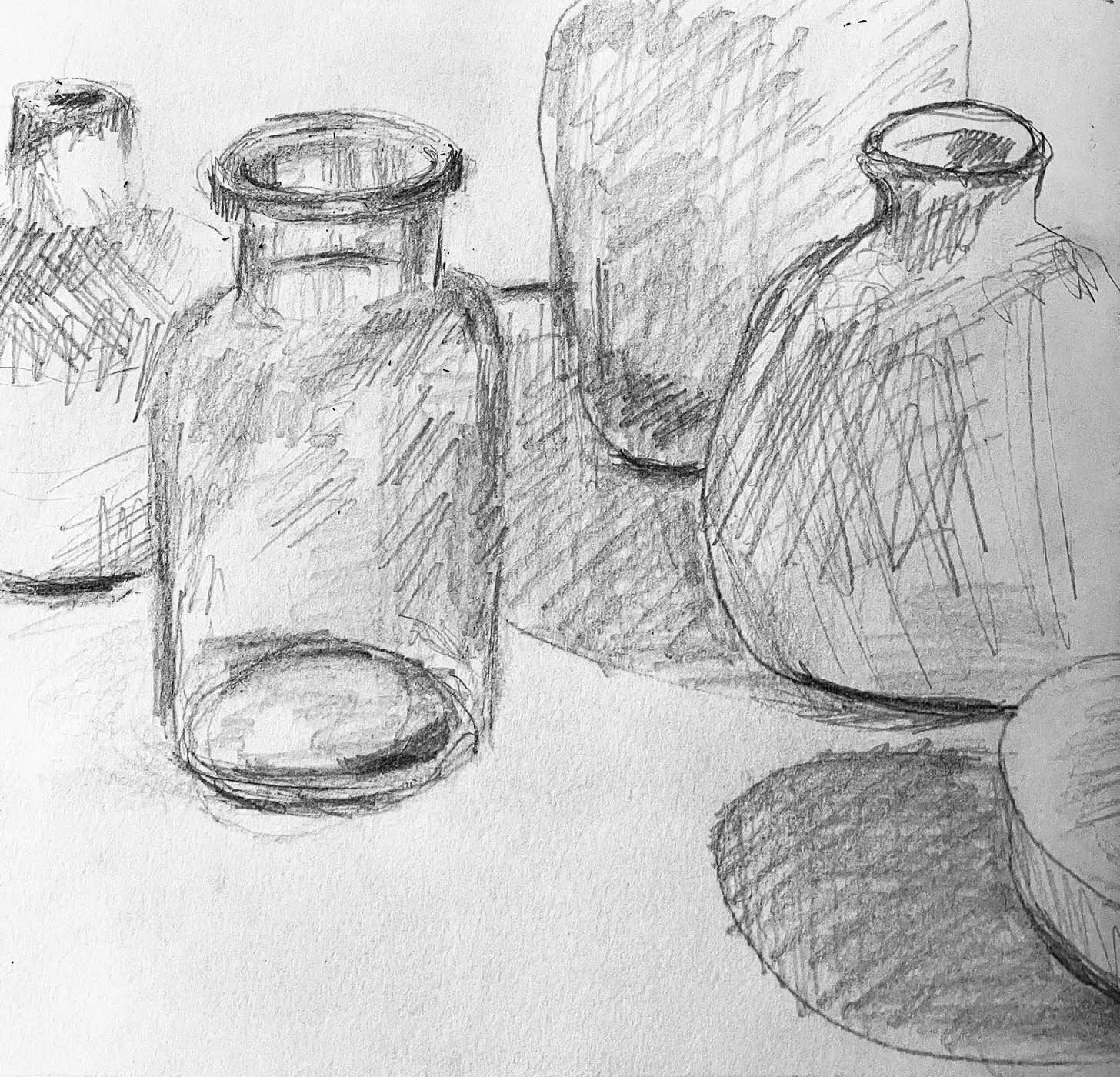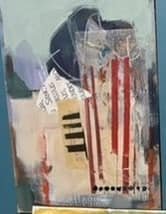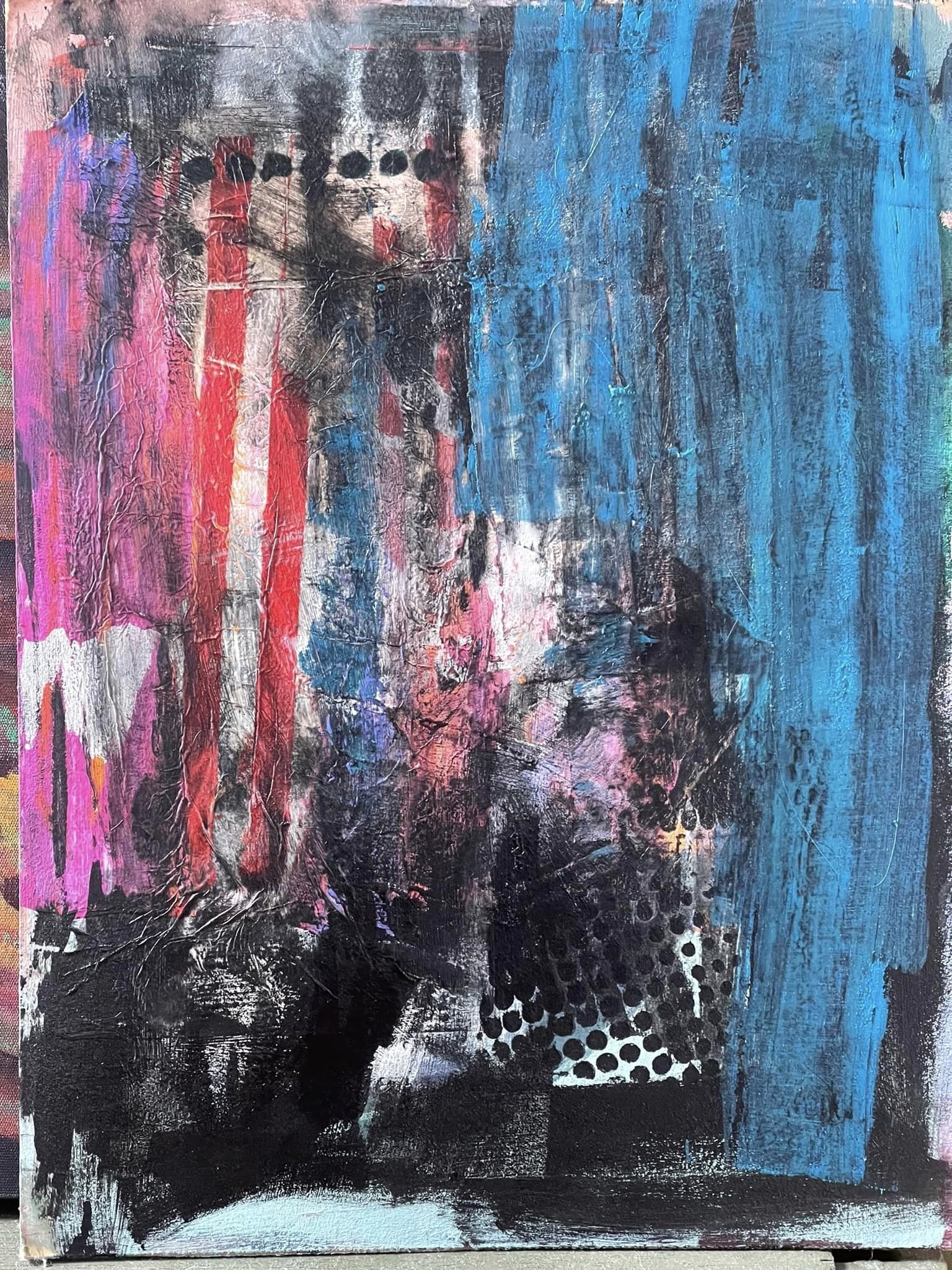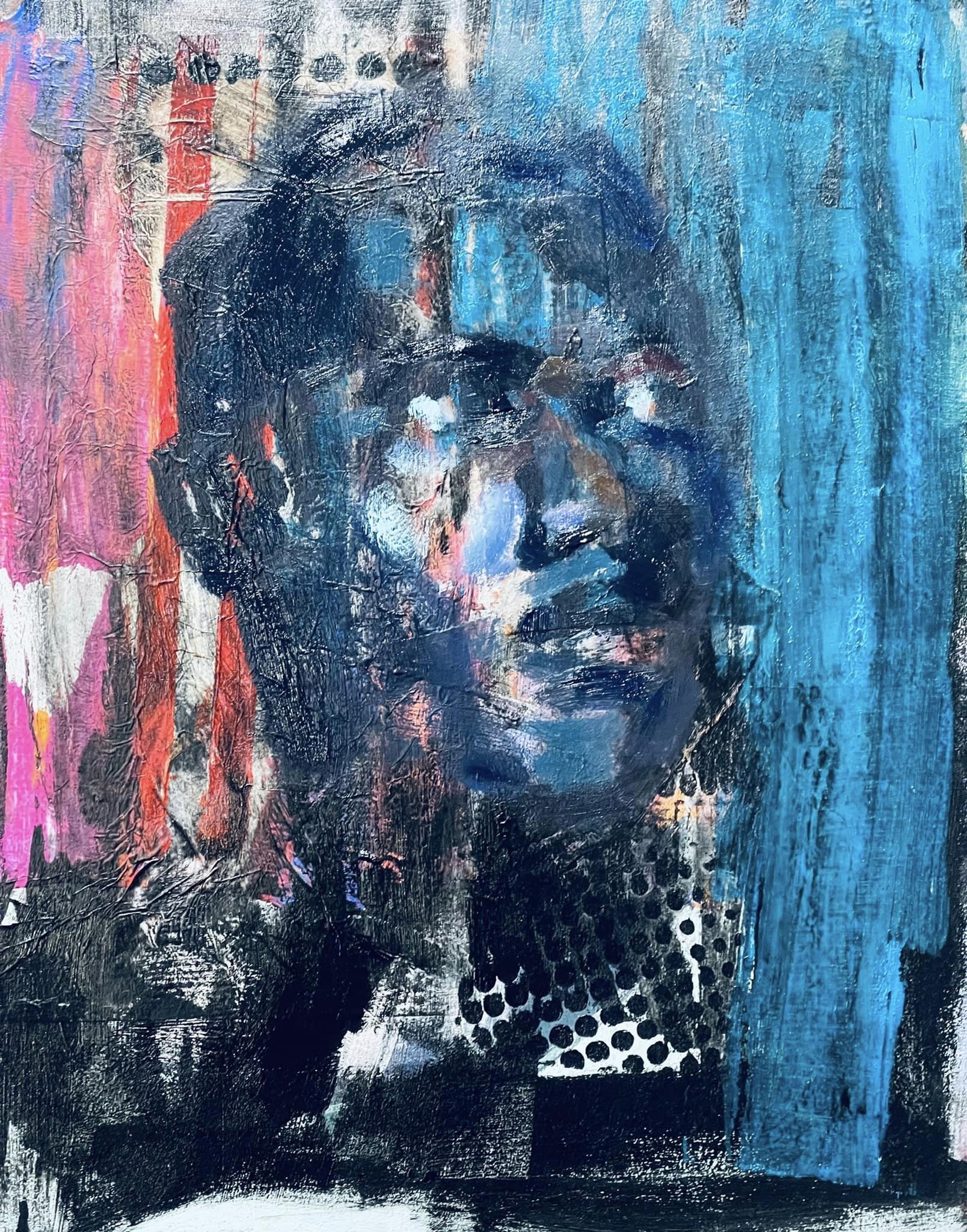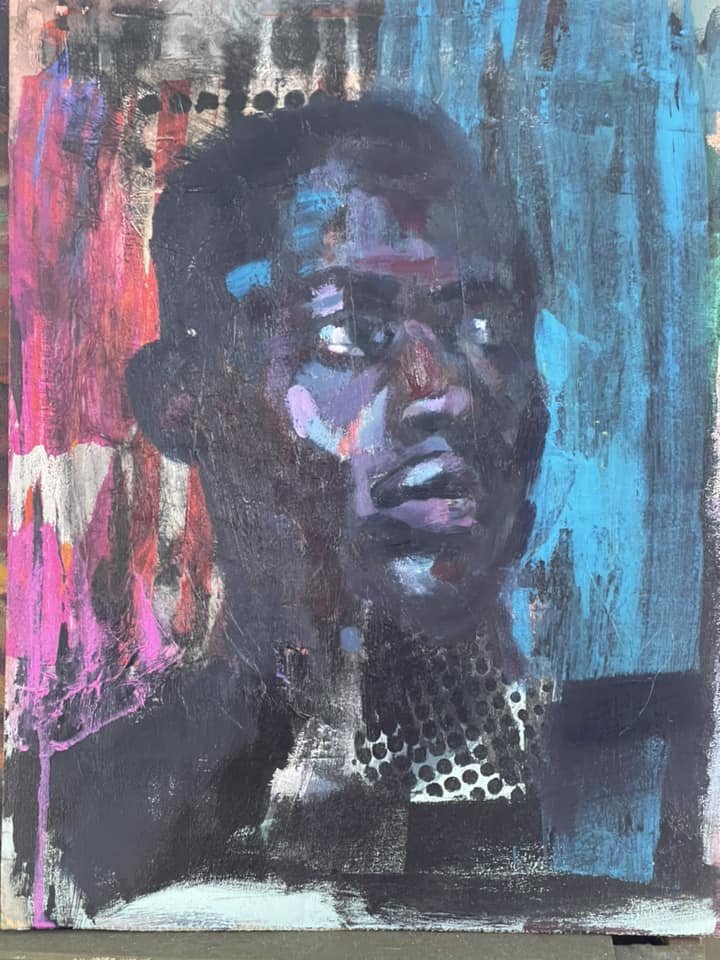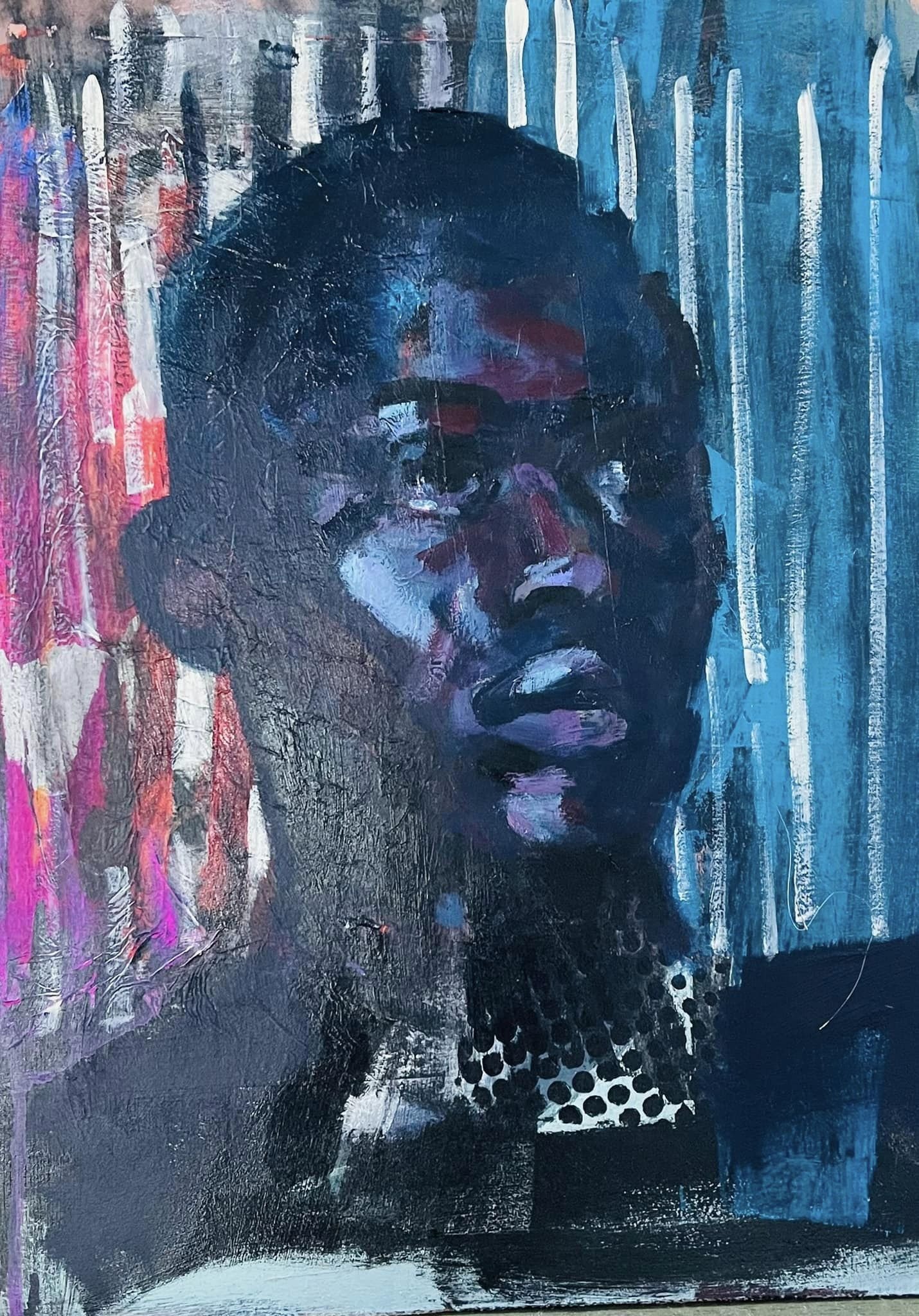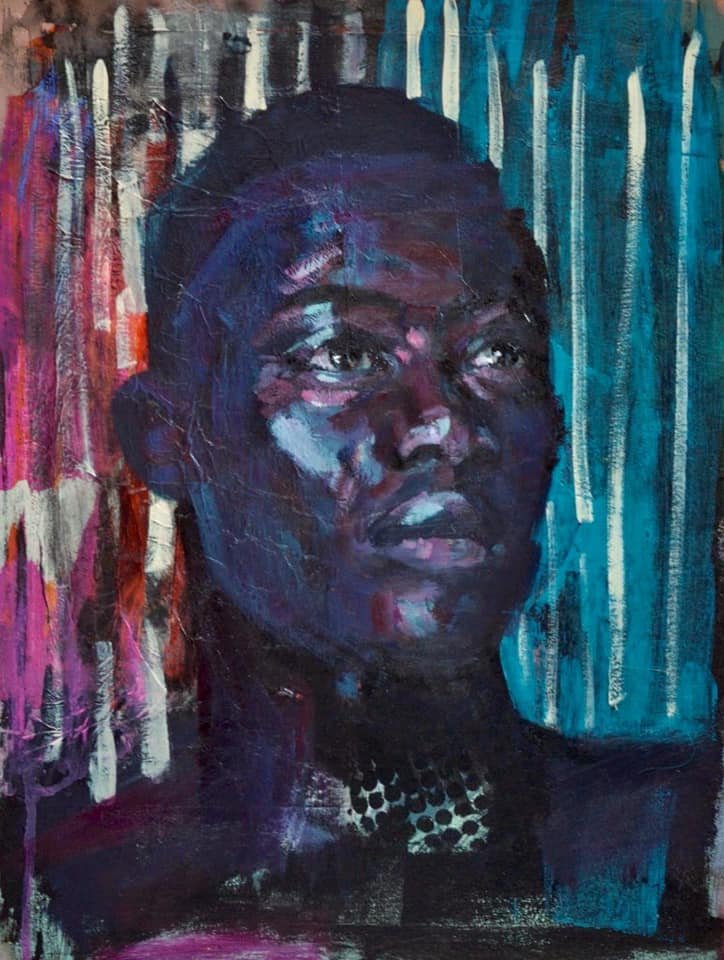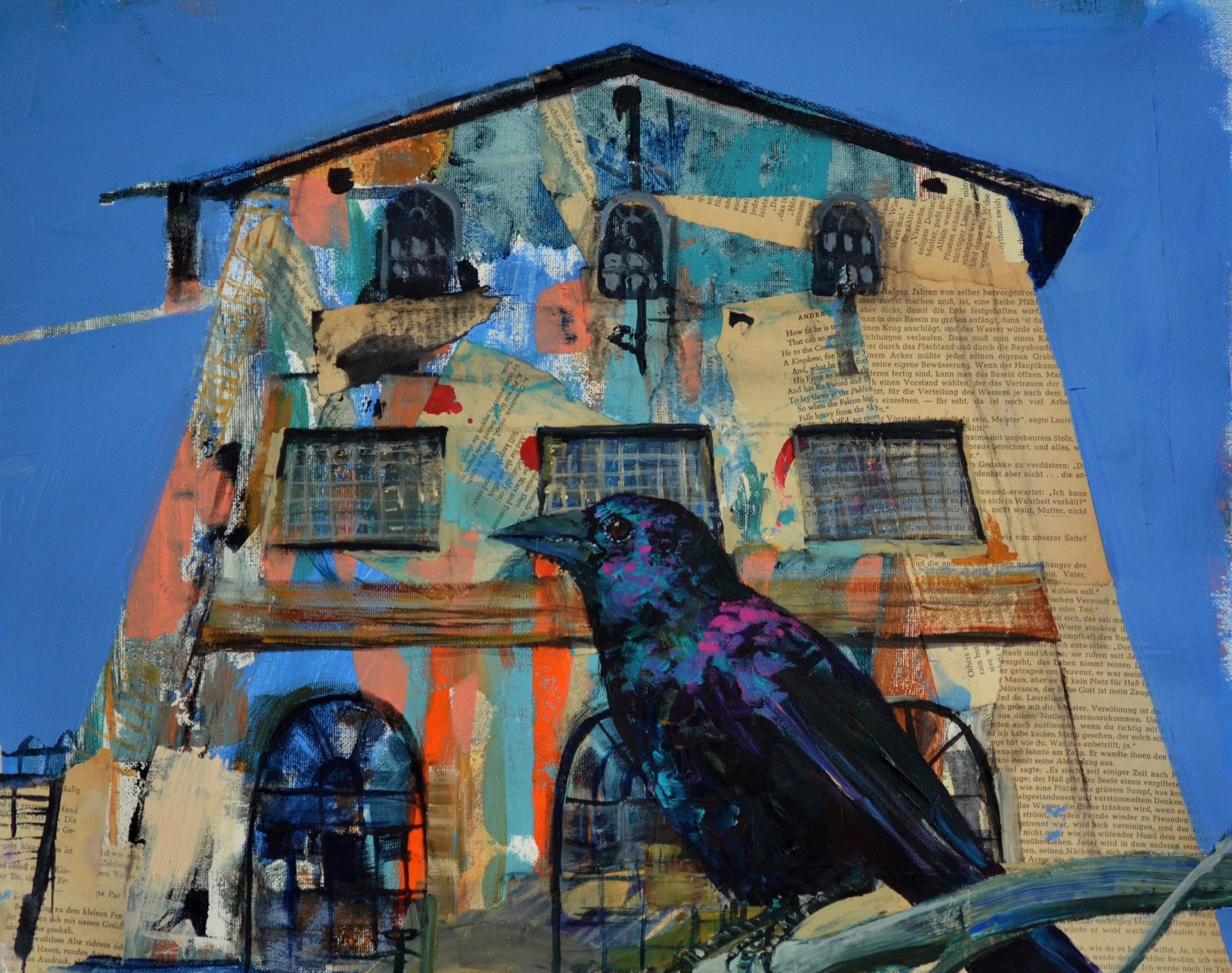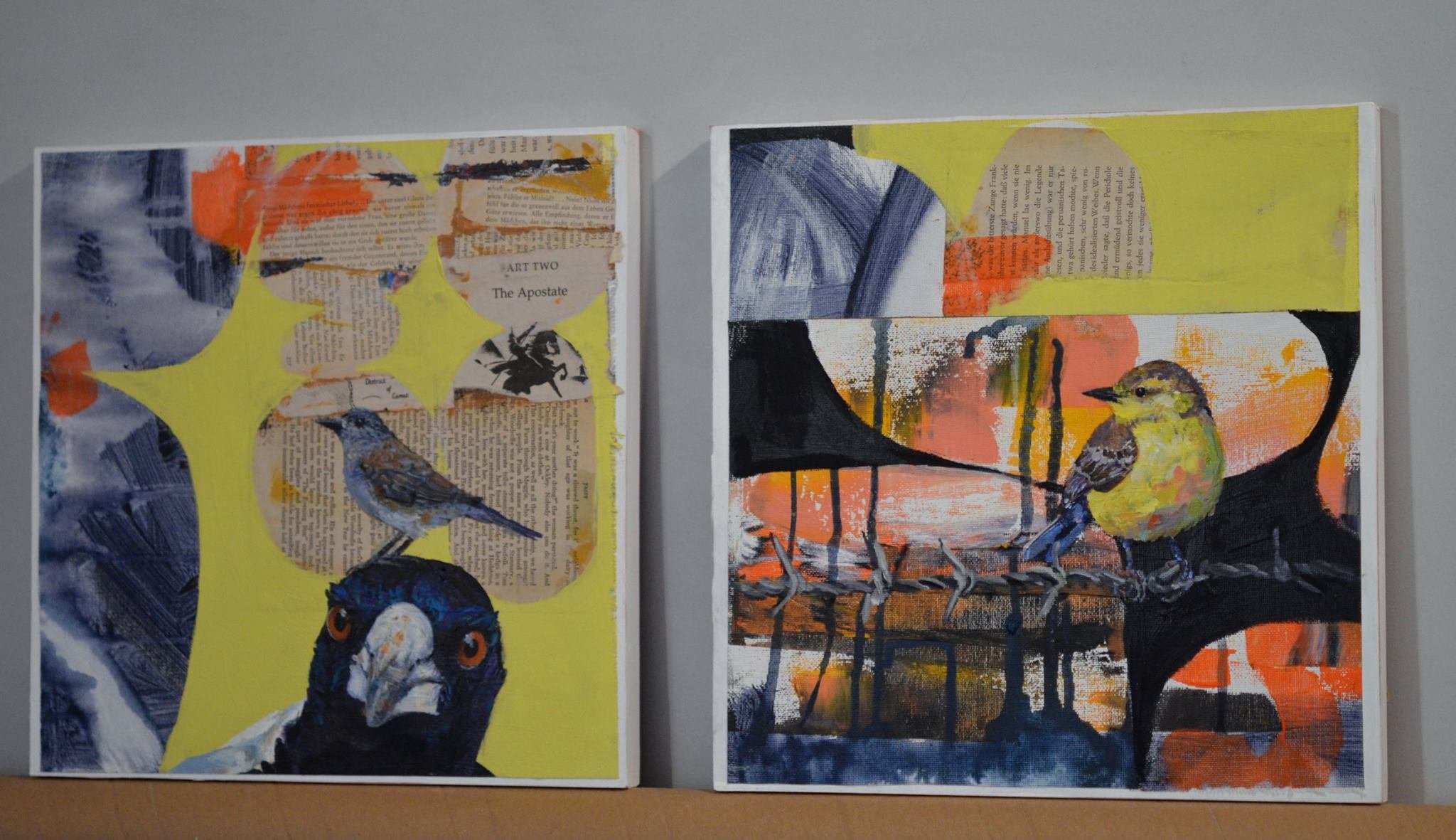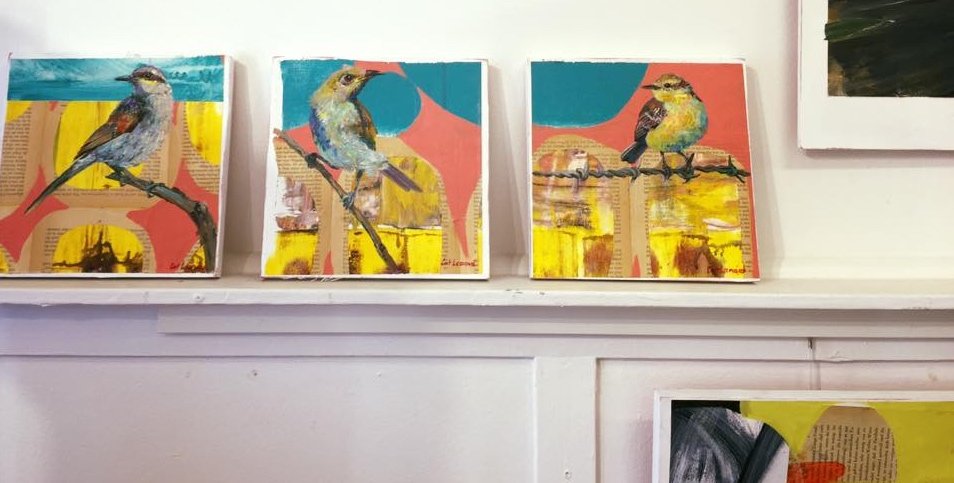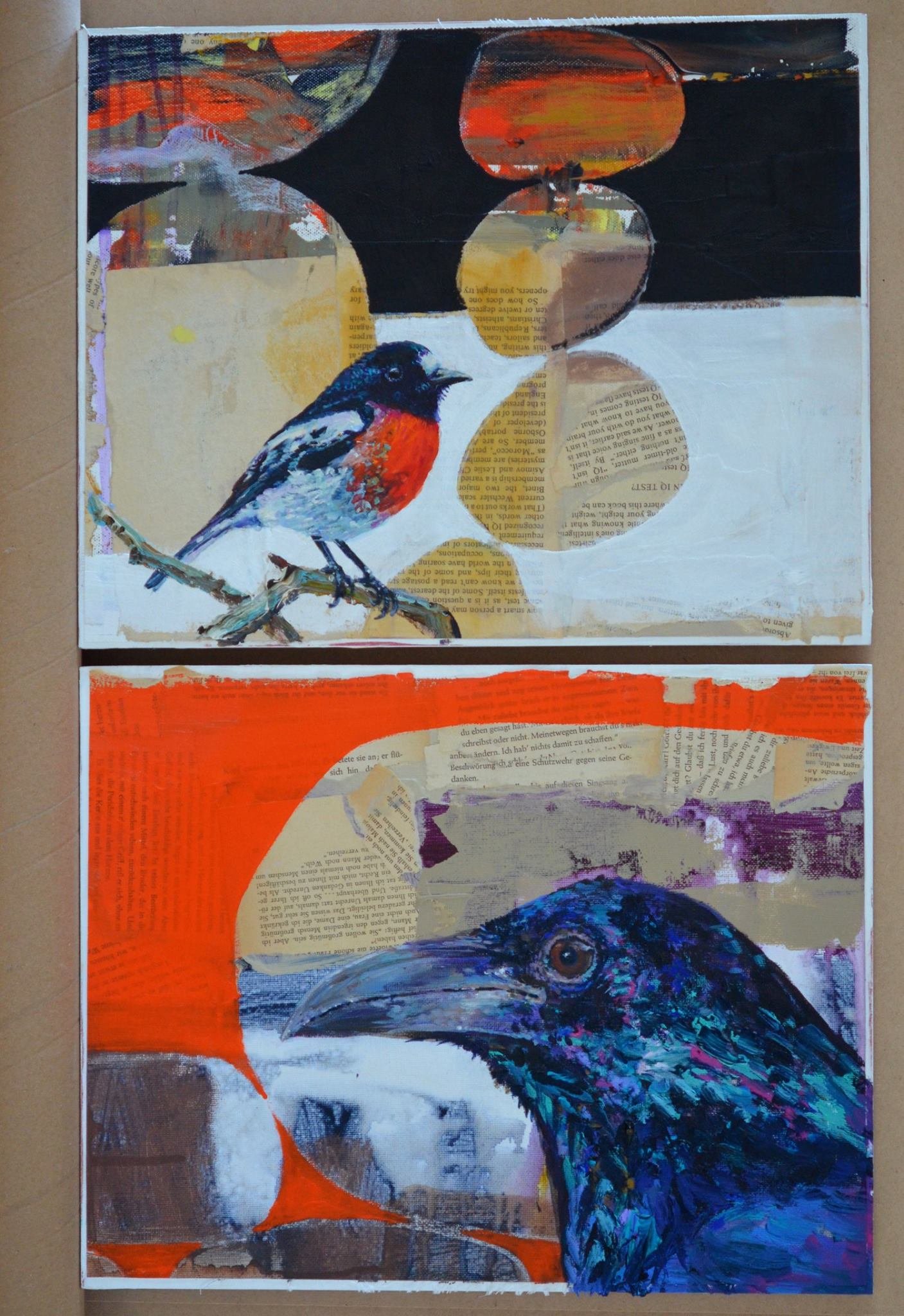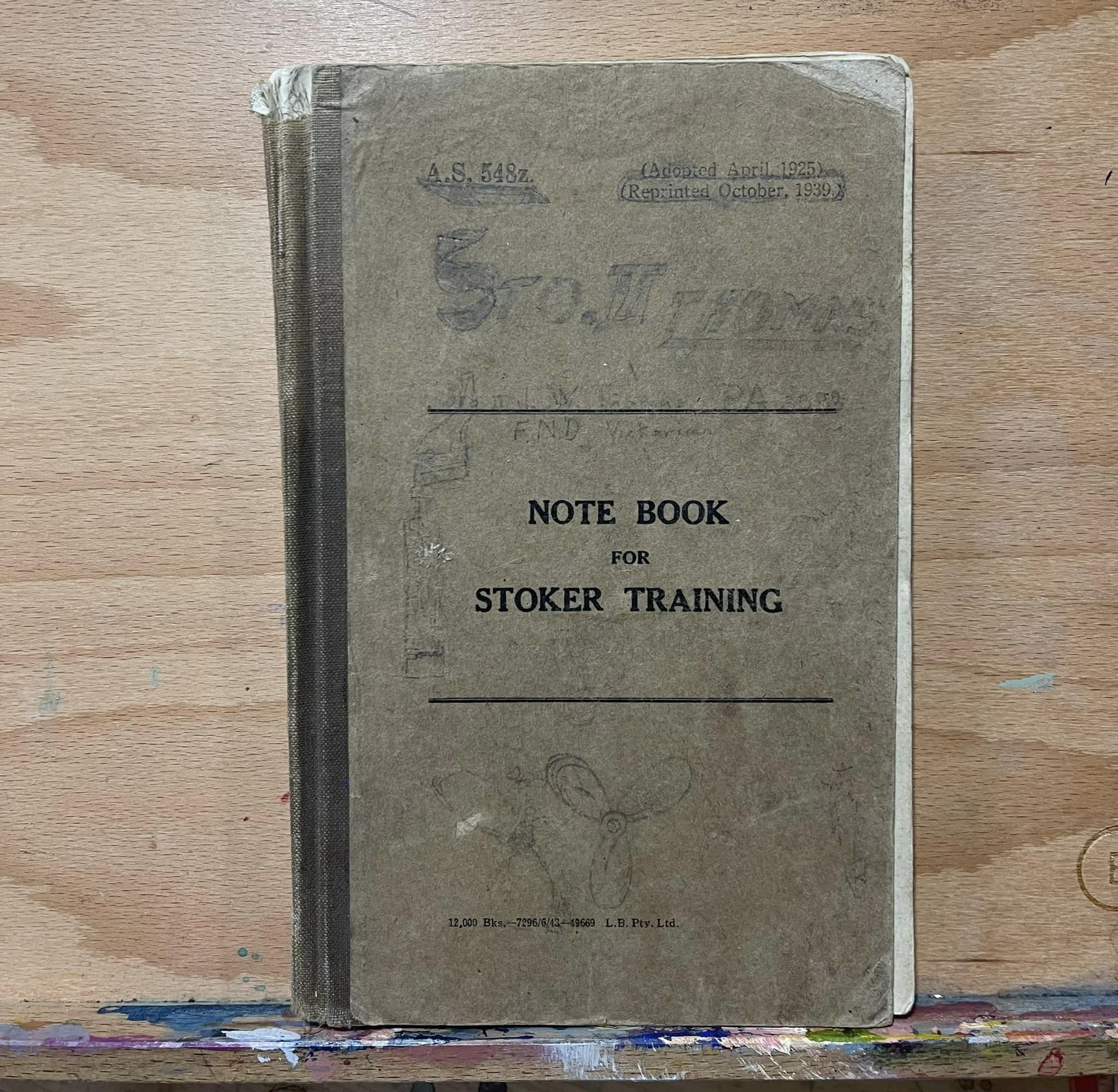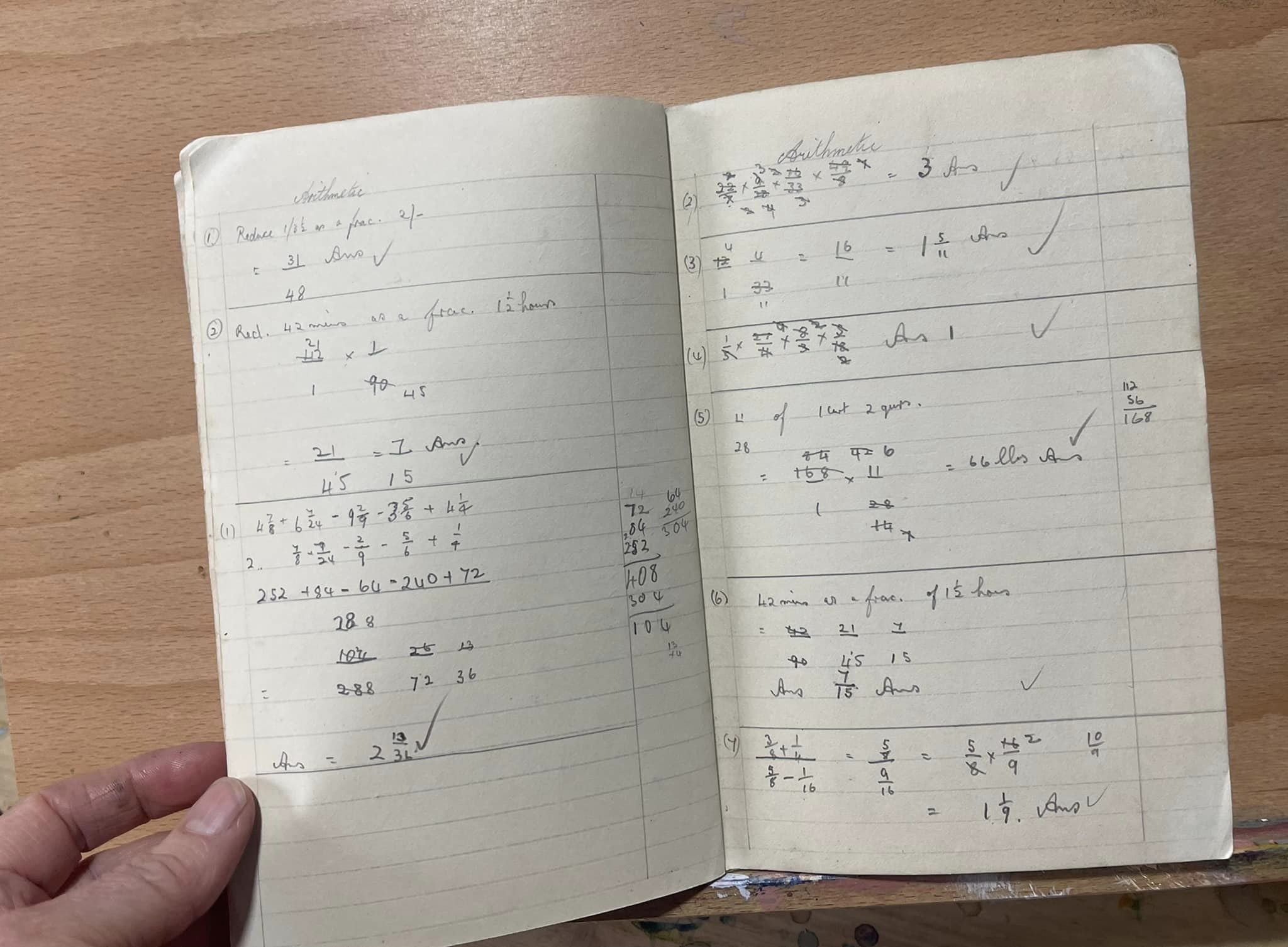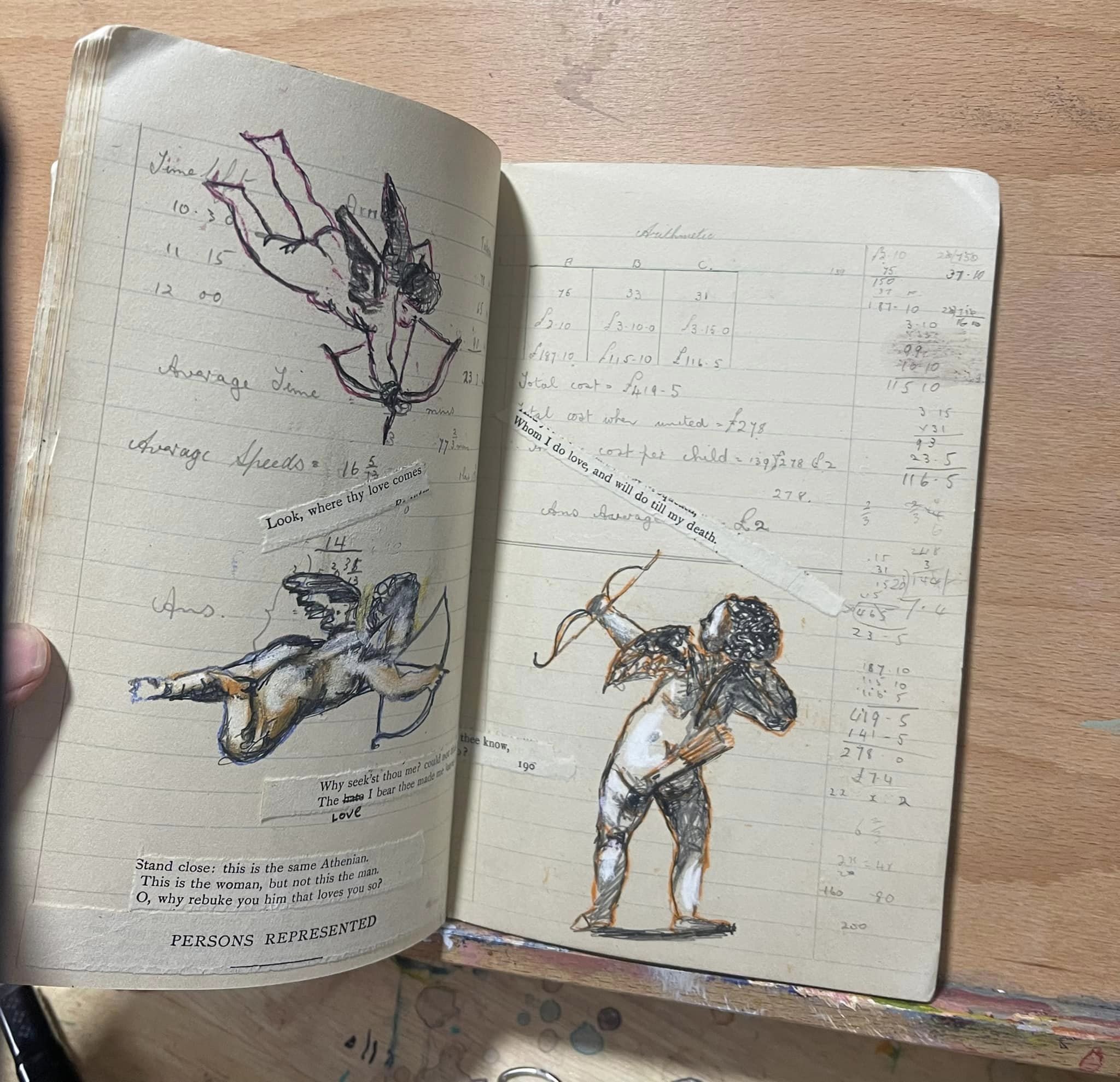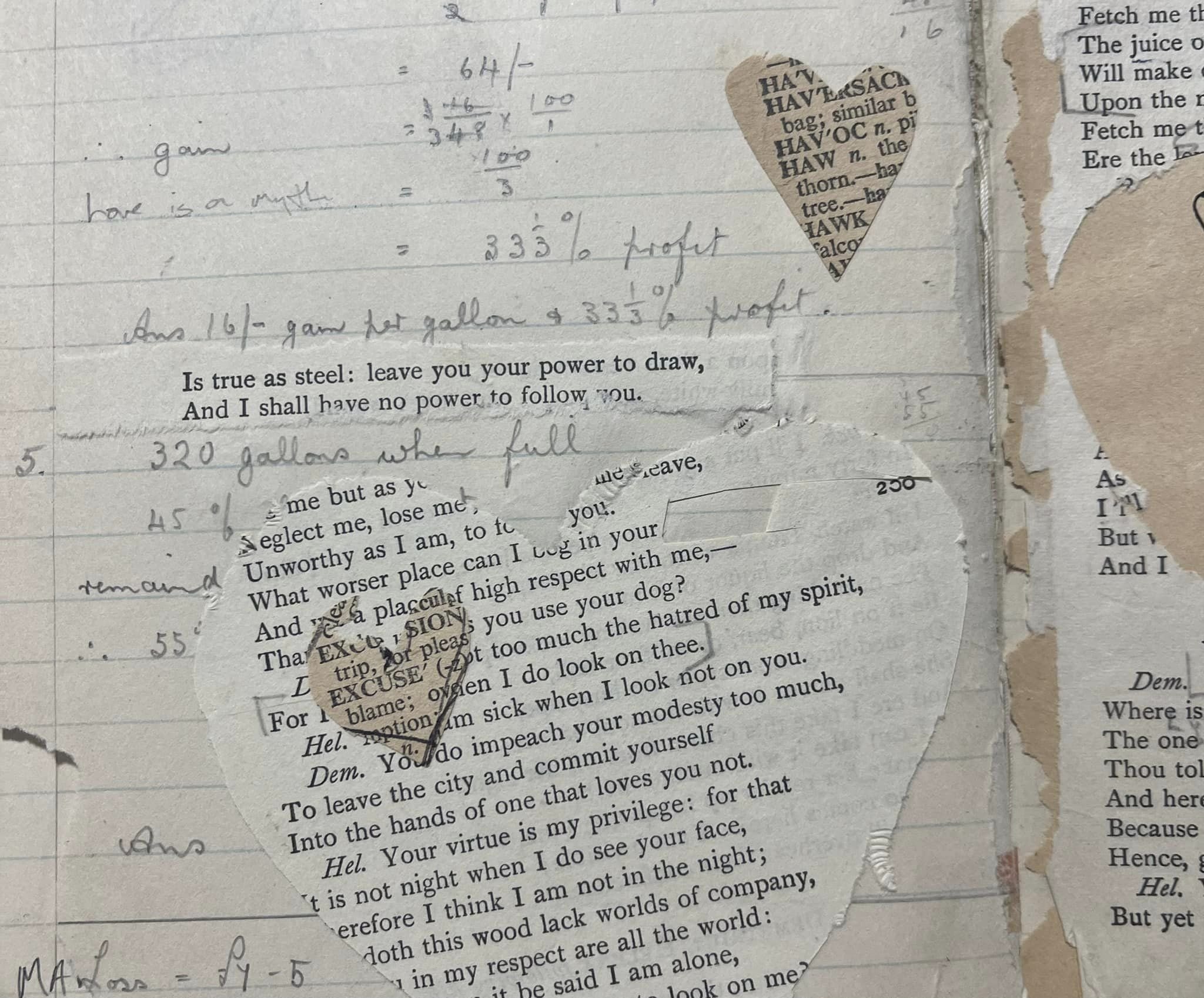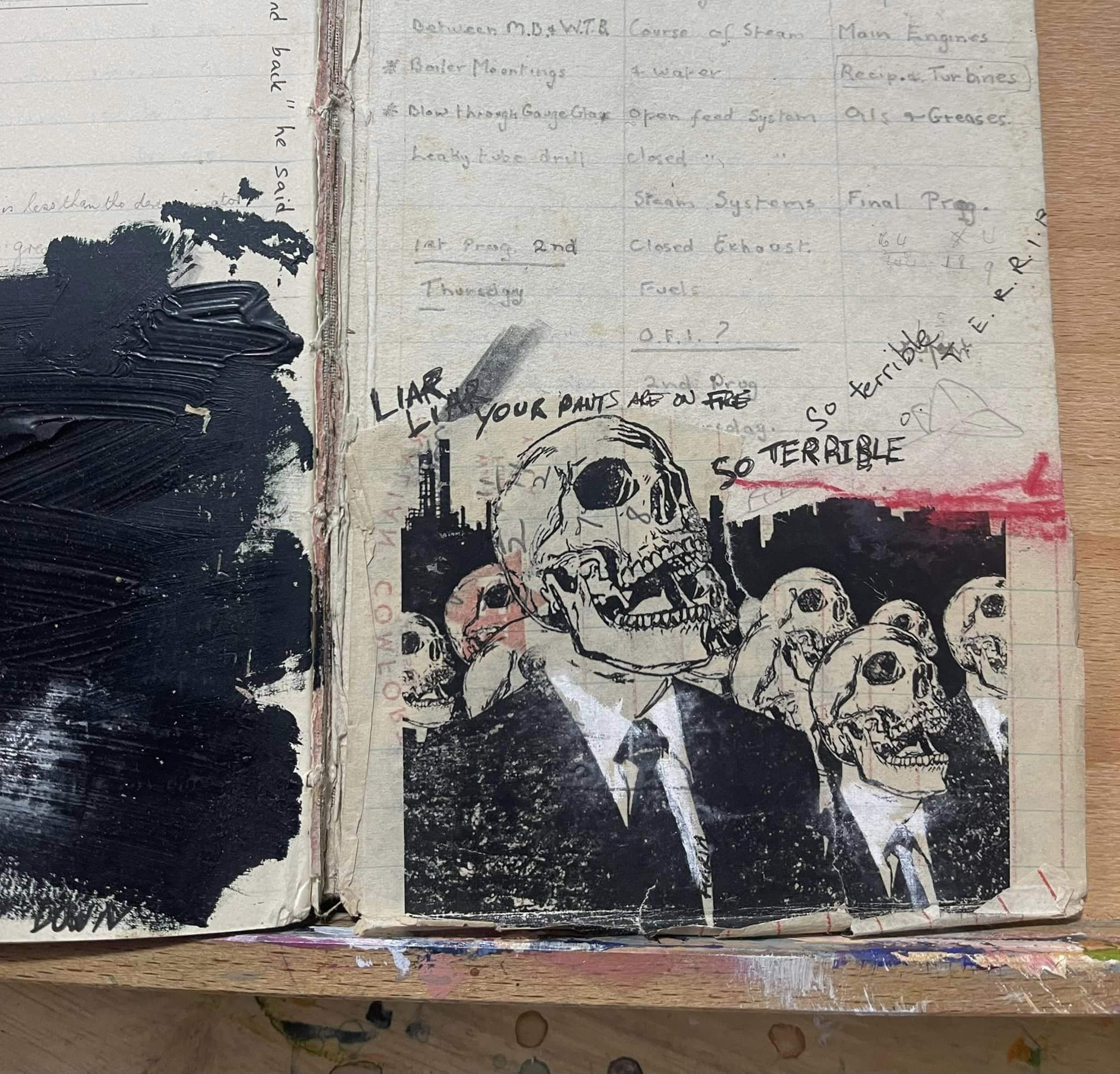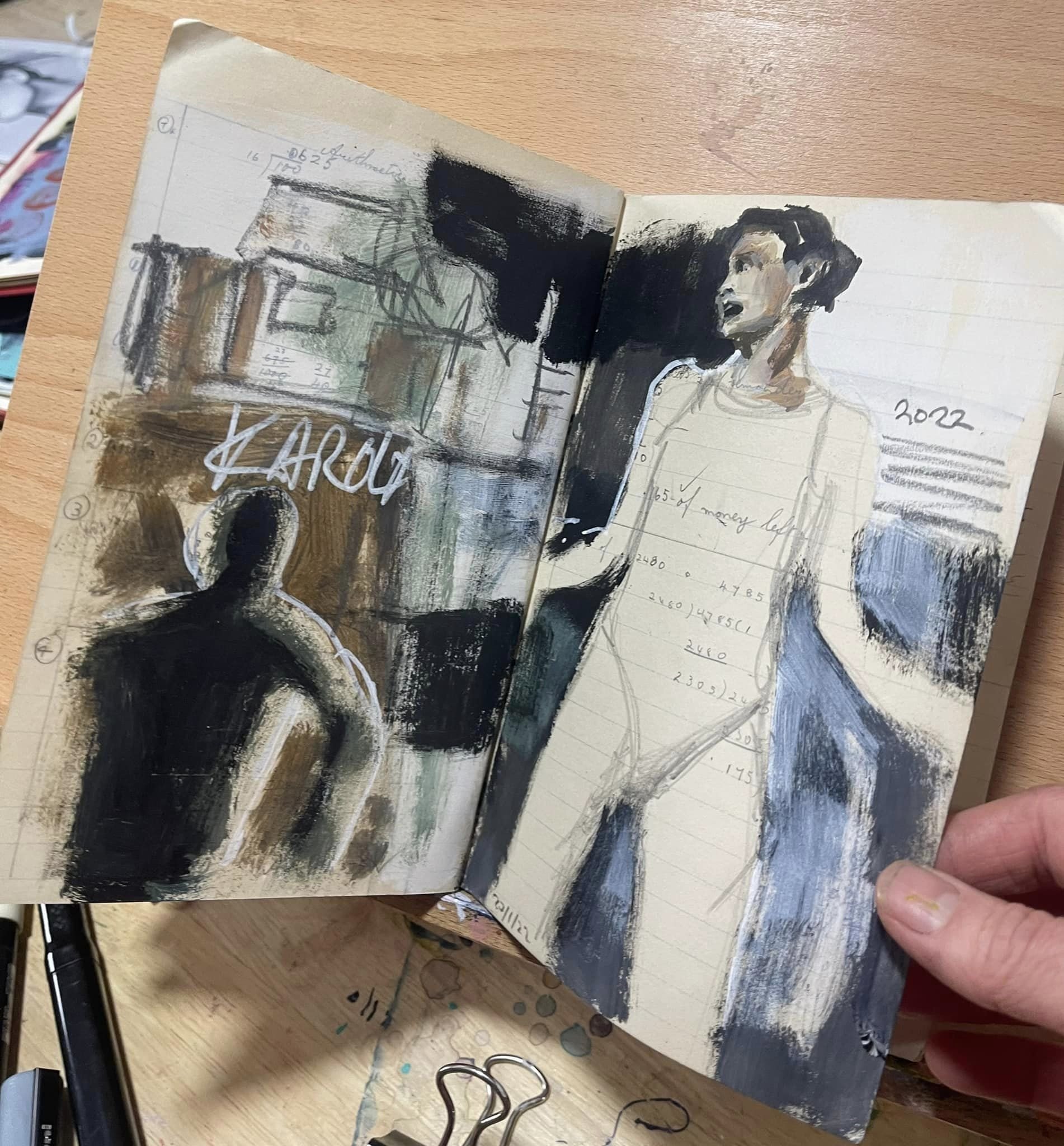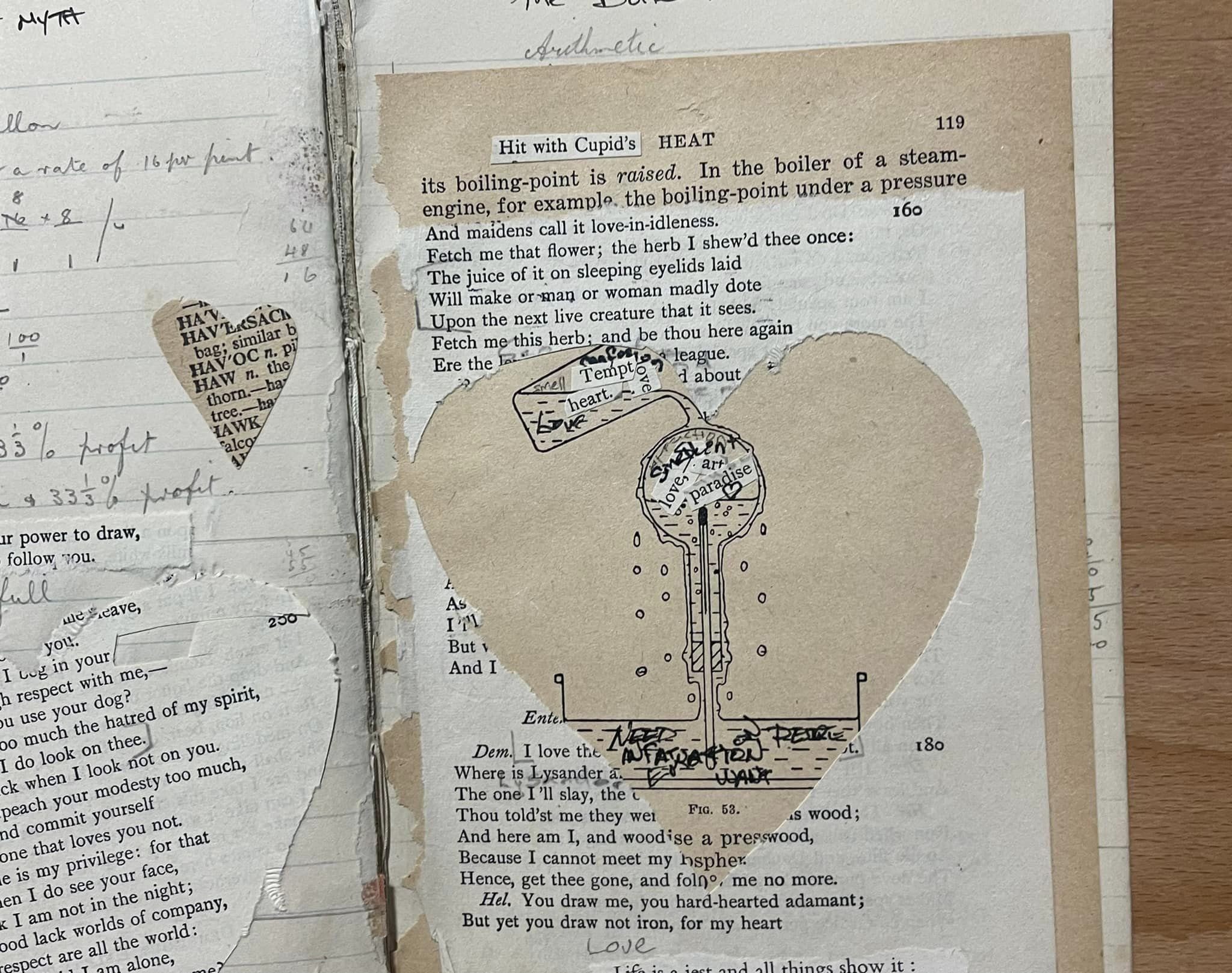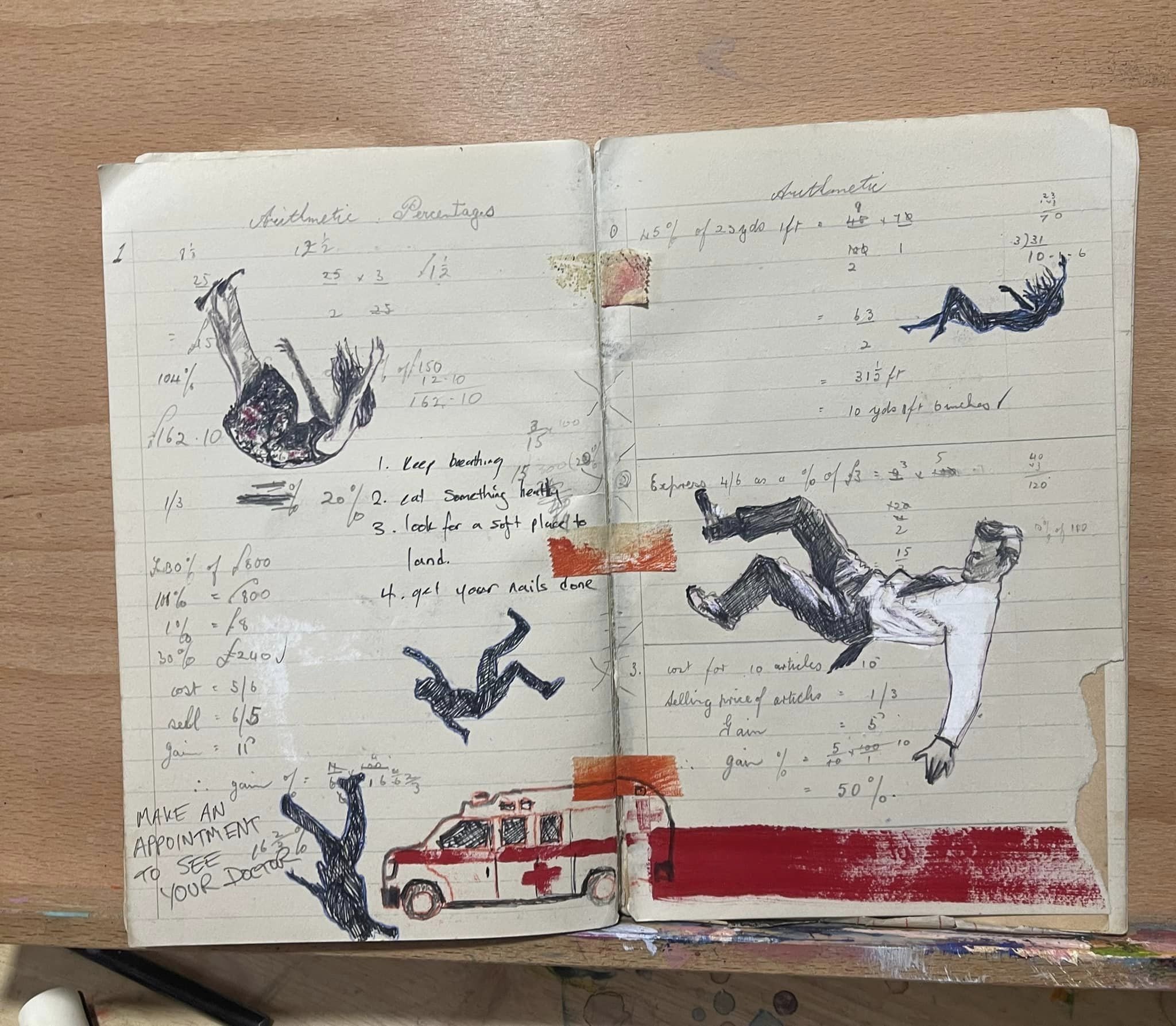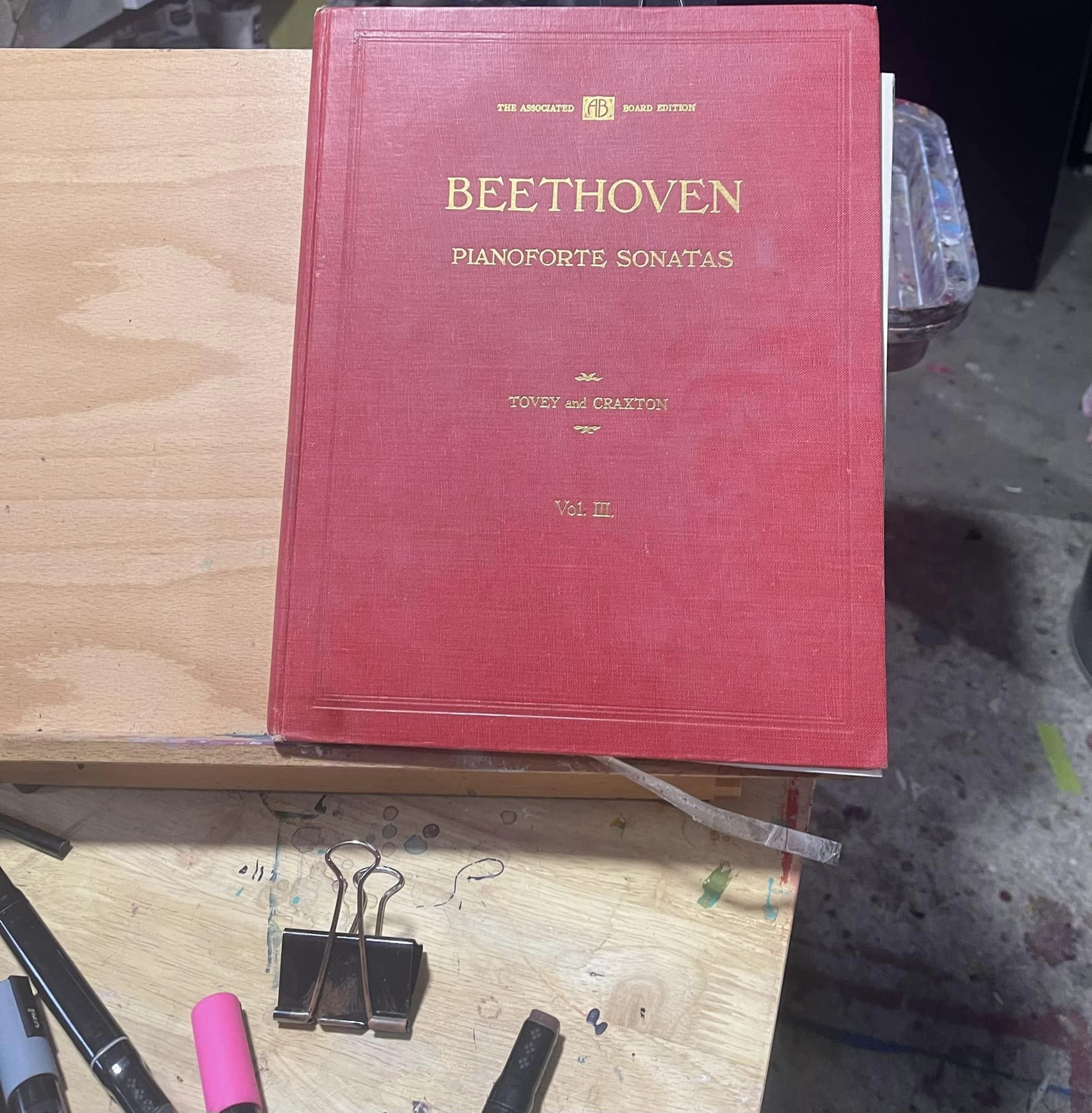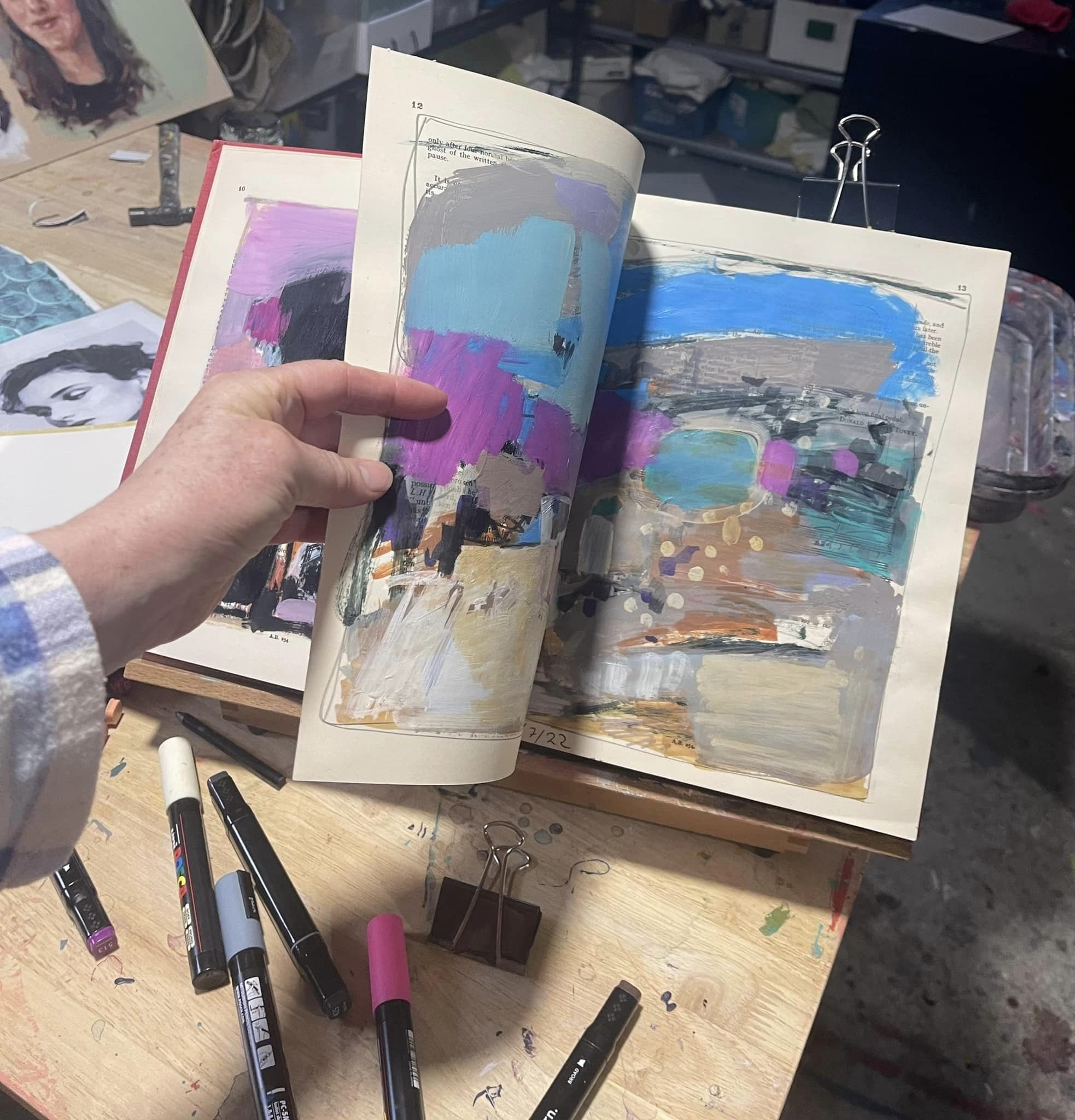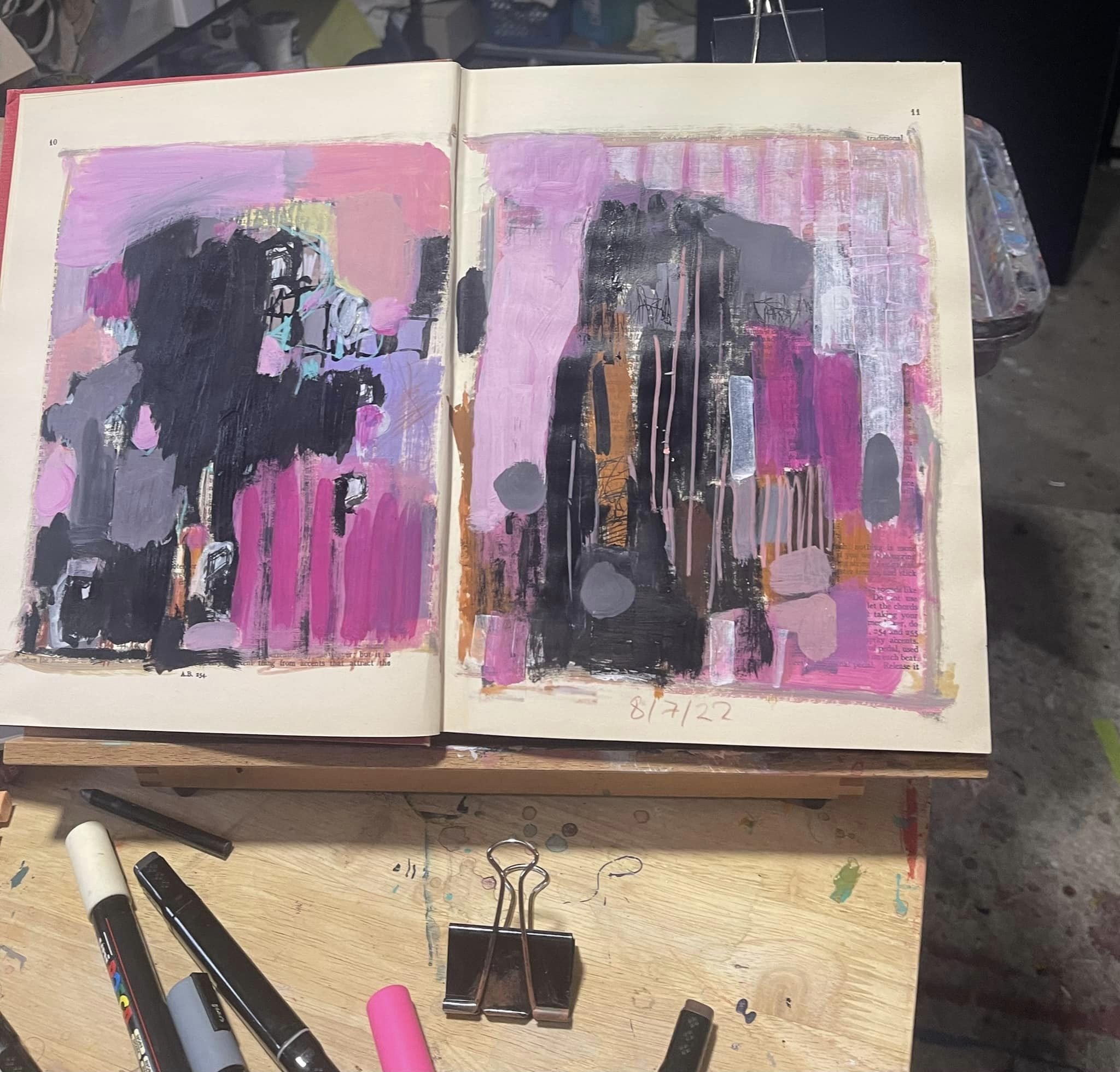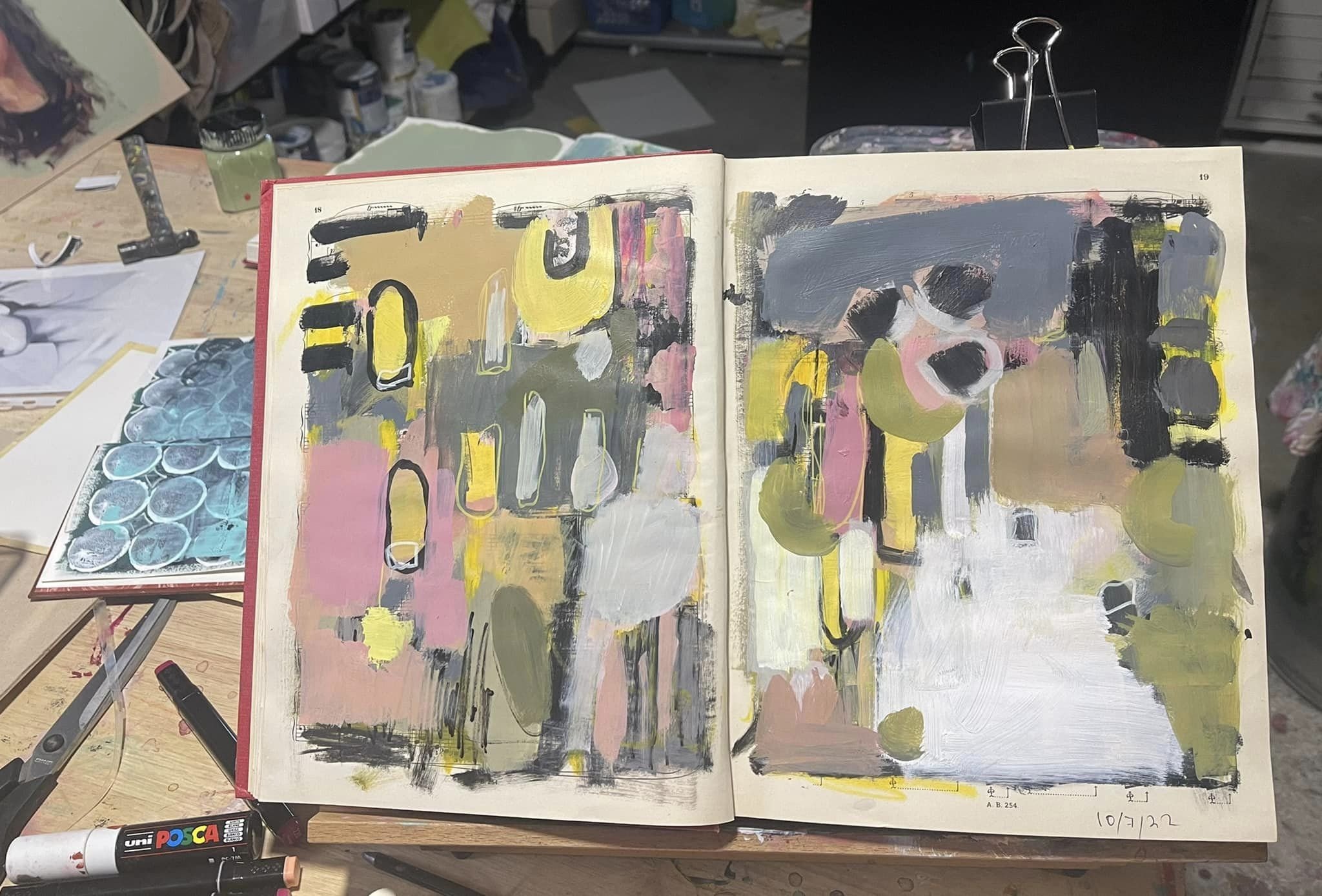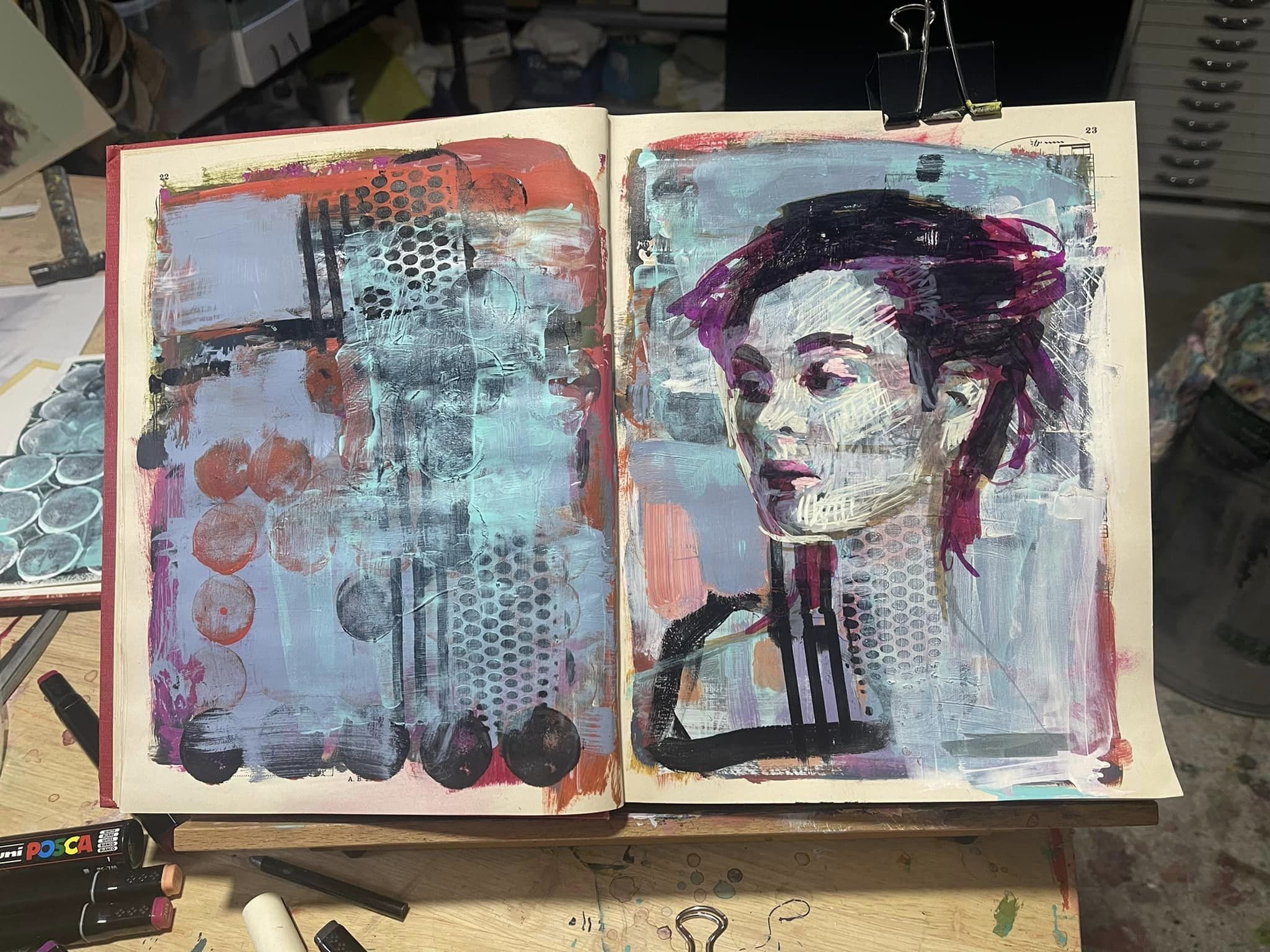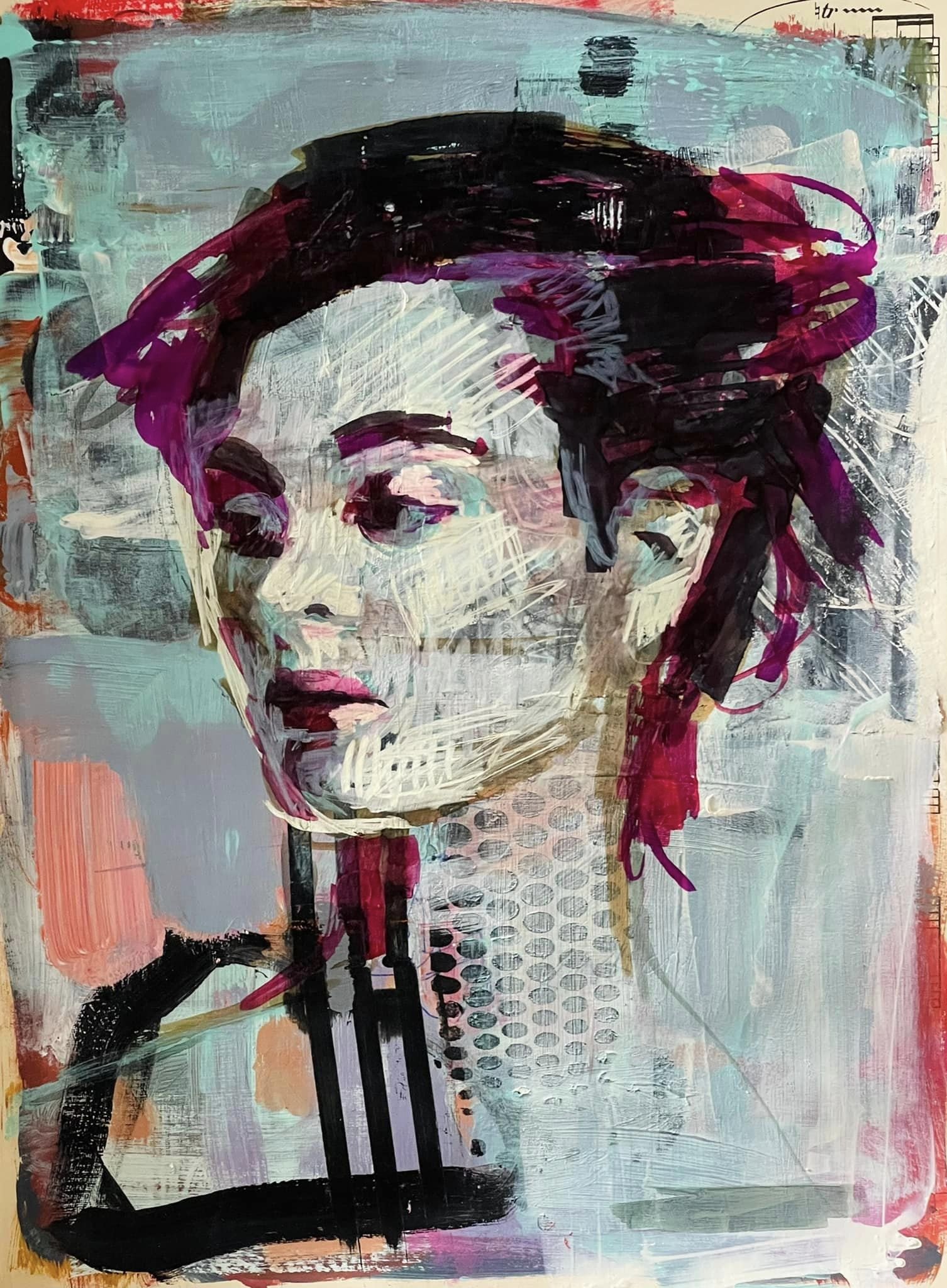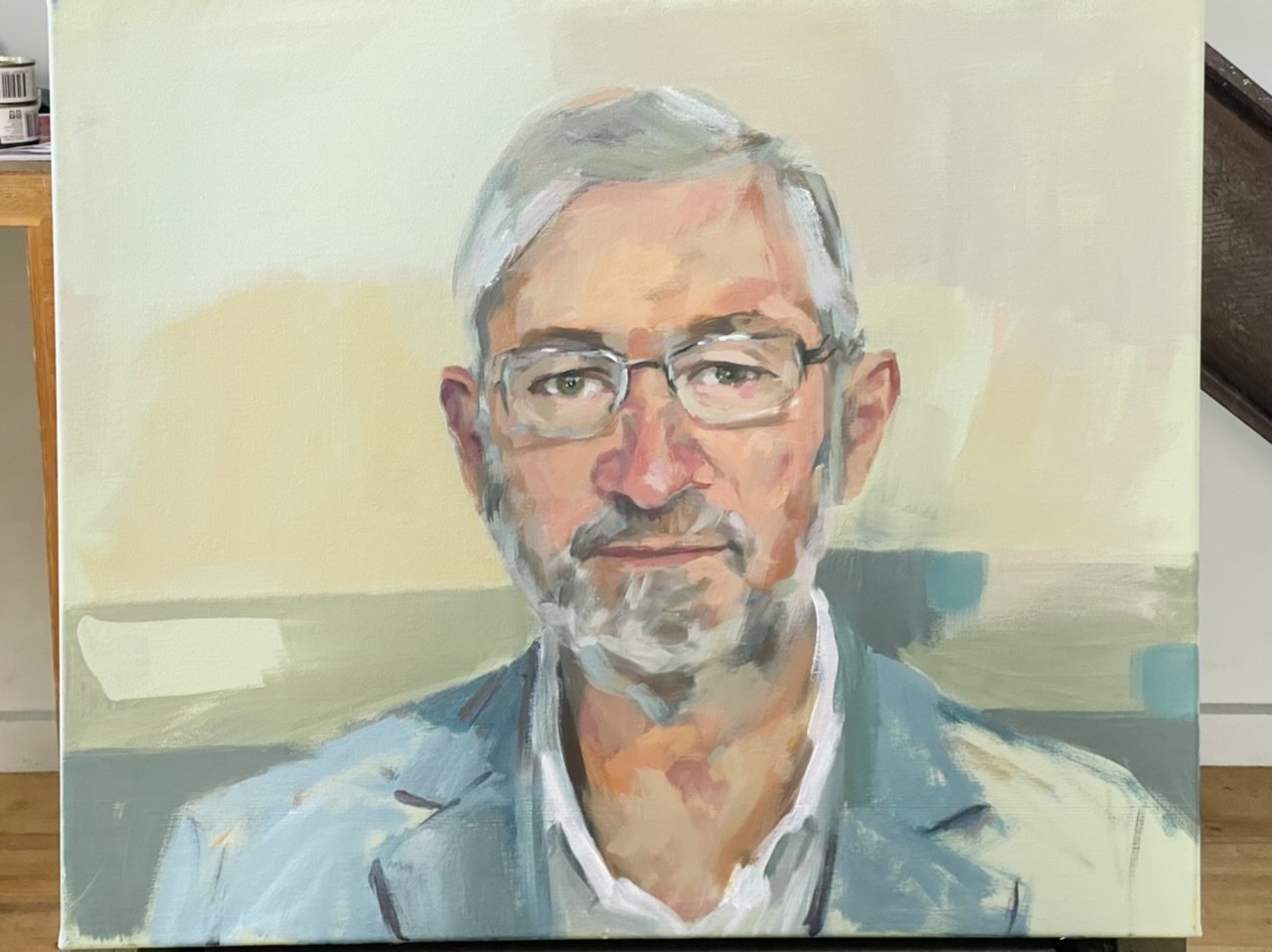For the last year and a half I moved my blog to the Substack platform, mainly to make use of their subscriber features and to see if I preferred it to my own blog setup on my website. Today I thought I’d return to my website blog to see the difference.
Writing blogs, making youtube videos, posting art pics and making short form videos, like reels, is interesting and alot of fun for me. I do enjoy creating the content side of things when it comes to my art practice.
So, now that I’m back on my website blog for a bit, I’ve paused subscriptions to my substack. Thankyou to all who subscribed there and I really feel honoured that so many people took the time to read through my stuff.
a little bird told me to
…go back to my website blog…
So, for my youtube offerings in 2024, I set up a painting-live-stream that posts on youtube. Here I’m using two cameras, one to show what’s going on on my pallet and the other on my painting. These live stream videos are long format. (they do go on and on and on…) but they are easy to produce because there’s no editing required. I also like them because the recording is stored on youtube for as long as my channel is up…so I don’t have to record and save anything on my phone (I use my phone to record everything) - it’s like the slack persons way of making youtube videos…so I’m thinking… I could literally and legitimately start my own production company if I use a name like “Terribly Boring Productions.” (smily face emoji)
Another thing I need to remember to do here on my website which I didn’t on the substack blog - and I must say for anyone who doesn’t have a website blog spot but wants one, Substack is an awesome platform - is manually save everything where Substack does it automatically.
I must save…save…and save…as I go.
flowers for Friday.
